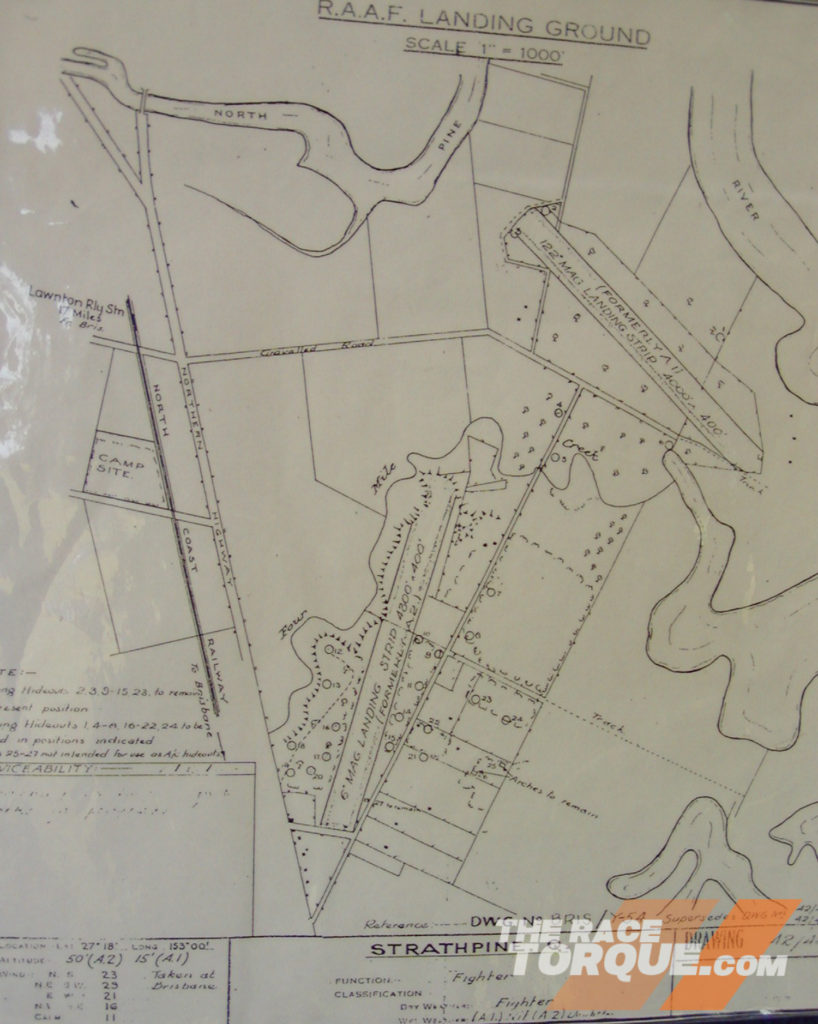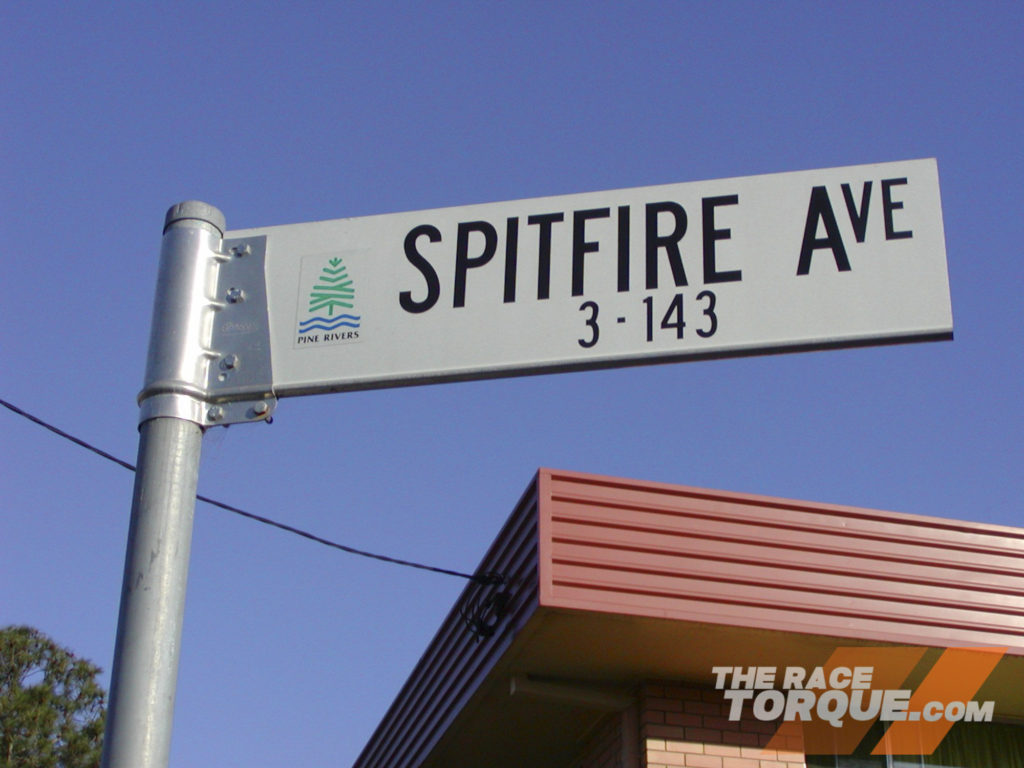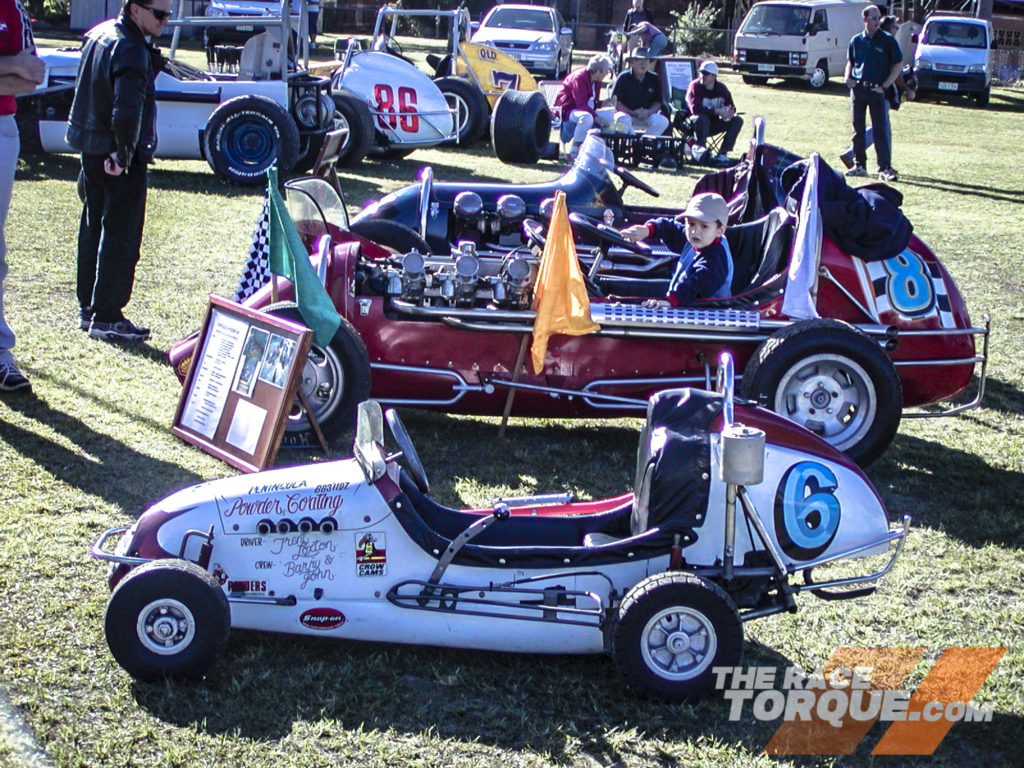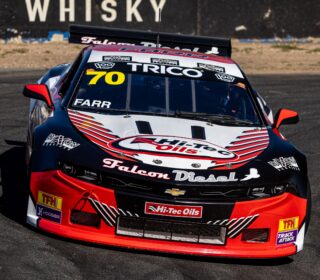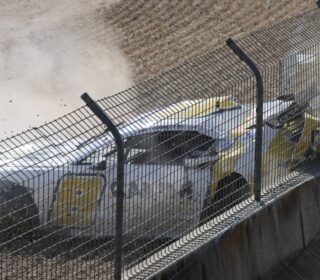AUSTRALIA’S AIRFIELD RACING HERITAGE

MOTORSPORT can thank World War II for some incredible infrastructure that assisted competition to get rolling again in the late 1940s and beyond.
WORDS & IMAGES: Mark Walker
Globally, you just have to think of former military facilities such as Silverstone, Thruxton and Sebring, while the Talladega Superspeedway is located on top of an abandoned USAF airfield.
More recently the genre of circuit has been popularised via the Top Gear Test Track, and the Grand Tour’s Eboladrome, while Supercars use them for straight line aero testing, legally or illegally.
Wide runways and supplemental access roads, as well as ready pieces of infrastructure made former airfields an easy way to kick off racing, without massive capital investments on earthmoving and paving.
Locally in Australia, the list of former RAAF landing strips that were converted for racing is extensive, with many of the facilities presenting big time events.
In the west, Caversham was Perth’s primary track until Waneroo Raceway emerged in 1969, with the track hosting the Australian Grand Prix in 1957 and ’62.
Mallala, north of Adelaide, was the scene of the 1961 AGP, while Ballarat’s ex-RAAF base was the venue for the first post-war racing in Victoria, with the track ultimately a back-up for Albert Park, if it were unable to host the AGP.
Closer to Melbourne, the RAAF bases at Point Cook and Fisherman’s Bend hosted events; Point Cook was home to the 1948 AGP (and remains an operational RAAF base), while Fisherman’s Bend sits underneath the Westgate Bridge, and adjacent to the former Holden factory.
Meanwhile in New South Wales, Nowra catered to a regional audience, while Mount Druitt entertained those closer to Sydney, with these tracks just a small sample of landing strips that were utilised.
Queensland had its own share of airfield tracks, including Leyburn (1949 AGP) and Lowood (1960 AGP), although there was one venue closer to Brisbane, that essentially still exists today.

Strathpine
ON the north side of Brisbane, Strathpine is now in the heart of the suburbs, however, it wasn’t always that way, with the area decidedly rural at the height of WWII.
Whether the Brisbane Line, a defence proposal whereby industrialised areas between Brisbane and Melbourne would be heavily defended in the face of enemy attack, was true or not, there was plenty of fire power located in South-East Queensland.
Between Strathpine and the neighbouring suburbs of Lawton and Petrie there were three airfields featuring a variety of machinery; the 12 Squadron (RAAF Vultee Vengeance), 83 Squadron (RAAF Boomerang), 548 Squadron (RAF Spitfire), 549 Squadron (RAF Spitfire) and the 80th Fighter Squadron (USAAF P-400).
Prior to the War, the Queensland Motor Sporting Club met in Strathpine as far back as 1936 on a separate course with sprint and flying quarter mile events.
Once the Spitfires departed the local area for the last time, legend has it that enterprising locals would ‘borrow’ council machinery to take onto the private land to make improvements to the strip.
Some reports suggest the runway was initially used for standing quarter mile drags, but with the addition of 44-gallon drums and well placed hay bales, a race track was formed at a length of 2.25km
The circuit kicked into life on August 12th 1946, with races for cars, light motorcycles and “push cycles”, the first such event after the war, carrying a total prize pool of £500.
That inaugural event saw an estimated crowd of 40,000 in attendance, with police counting 8,000 cars and motorcycles by noon, with the crowd continuing to pour in until 3pm.
The main event was won by Sydneysider Frank Kleinig in his Hudson Special, winning a 25 mile long handicap race by a mere 15 yards.
The fact that the event even happened at all was due to a twist of fate from RAAF, with initial plans to host the day at the Eagle Farm airfield scuppered, with that venue later growing into what is Brisbane Airport today.
In those days, race meets were typically single day affairs, mostly on Saturdays, with spectators catching the tram to Lutwyche, with a fleet of buses ferrying them the for the remainder of the journey north along Gympie Road.
By 1953 the simple layout was altered with a tour off the airstrip through some trees before returning to the track (sealed in good old engine oil), with the configuration complete in 1955 with its final sealing, plus the addition of a chicane on the runway.
Competition came to a close on the 11th of October 1959, with construction starting at Lakeside Raceway 10km by road to the north shortly thereafter, which subsequently opened in 1961.
The final event was held under the shadow of the waiting bulldozers, with developer L.J. Hooker Limited subdividing the area soon after the chequered flag dropped.
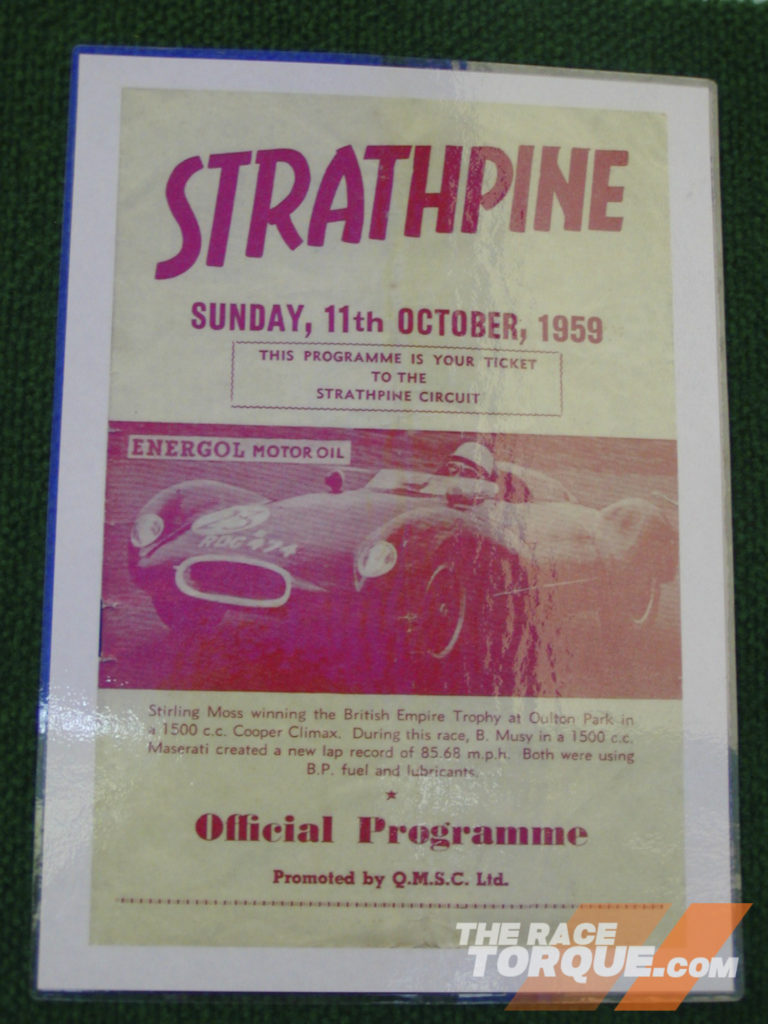
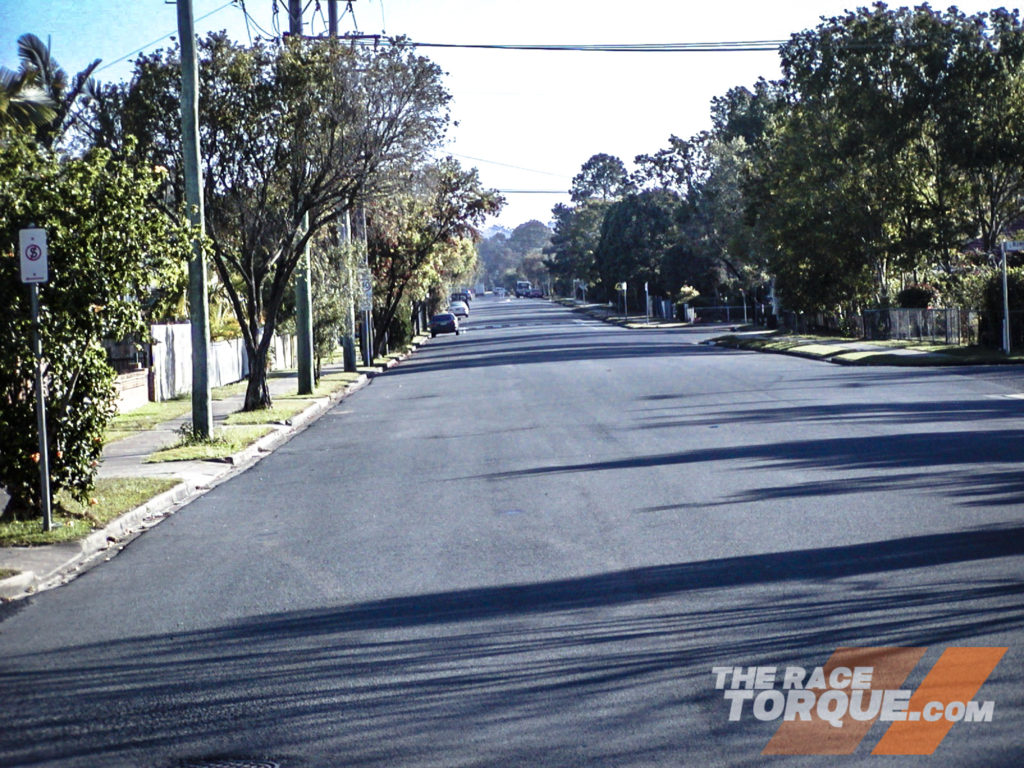
The Race Track Today
THE former airstrip still more or less exists today as Spitfire Avenue, which is a couple of hundred metres off Gympie Road to the east, behind the Pine Rivers State High School.
If you ever visit the area, you will notice that Spitfire Avenue is particularly wide for a backstreet, with the footpaths now eating into what once was the race track.
The start-finish line was approximately placed at the corner with Lancaster Street, with many roads in the locale containing an aviation reference, while the circuit used to run in an anti-clockwise direction, i.e. counter to the flow of modern day traffic.
Following years of planning, in 2003 a reunion festival was organised to celebrate the circuit, hosted within the school grounds.
Featured at the day were numerous cars that campaigned in the wild old days of Strathpine.




